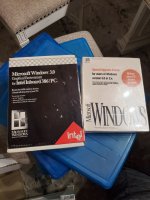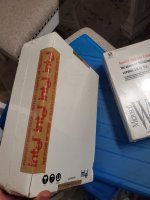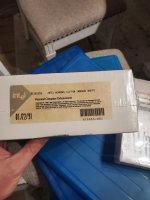I am not sure that that is exactly correct...
The IBKBD.DRV file is where most of the keyboard logic is handled, so if we got a full disassembly (or better - source form Intel) we might be able to fix that very easily...
Might have to write some lower level patches, but I think most of what you want is in the keyboard .drv file.
gwk
I have realized that myself

Interestingly the IBV*.386 files may have something to do with virtual driver interfaces... possibly

from the Setup.ini:
[pwin386]
9:KRNL386.EXE, "386 Enhanced Mode files"
A:WINOA386.MOD
A:SWAPFILE.EXE
A:WIN386.PS2
9:WIN386.EXE
A:ibvdmad.386 = Virtual DMA Device
A:ibvfd.386 = Virtual F? Device
A:ibvhd.386 =Virtual H? Device
A:ibvkd.386 = Virtual K? Device
A:ibvmcpd.386 = Virtual MCP? Device
A:ibvmd.386 = Virtual Mouse Device
A:ibvpicd.386 = Virtual PIC? Device
[system]
; The various SYSTEM.DRV, SOUND.DRV, COMM.DRV
;
; These are the drivers which may vary from system to system,
; but are selected only by the [machine] menu -- they do not have
; special menus for their selection.
system = 3:ibsystem.drv
sound = 4:sound.drv
comm = 4:comm.drv
;hpsystem = 3:hpsystem.drv
[keyboard.drivers]
kbd = 4:ibkbd.drv
;kbdoli = 4:kbdoli.drv
;kbdhp = 4:kbdhp.drv
[pointing.device]
;profile = mouse driver, description, vmd, dos mouse driver base name
;
ps2mouse = 4:ibmouse.drv, "Microsoft Serial, Bus or Inport", A:ibvmd.386,mouse
lmouse2 = 4:ibmouse.drv, "Logitech Bus or Inport", A:ibvmd.386,mouse
lmouse = 4:lmouse.drv, "Logitech Serial", A:ibvmd.386
msmouse1 = 4:msmouse1.drv,"Mouse Systems, PC Mouse, IMSI, or VisiOn (COM1: )", A:ibvmd.386
msmouse2 = 4:msmouse2.drv,"Mouse Systems, PC Mouse, IMSI, or VisiOn (COM2: )", A:ibvmd.386
nomouse = 4:nomouse.drv, "No mouse", A:ibvmd.386
ibvpicd.386 ... Programmable Interrupt Controller?
ibvmcpd.386 ... Main Com Port? ... has most likely something to do with terminal or serial communication
ibvkd.386 ... virtual Keyboard?
ibvfd.386 ... virtual Floppy?
ibvkd.386 ... virtual Harddrive?
If i am right, all the IBV*.386 files are indeed just traps to catch the Windows event that would normally just go directly to the hardware.
But maybe i completely wrong





